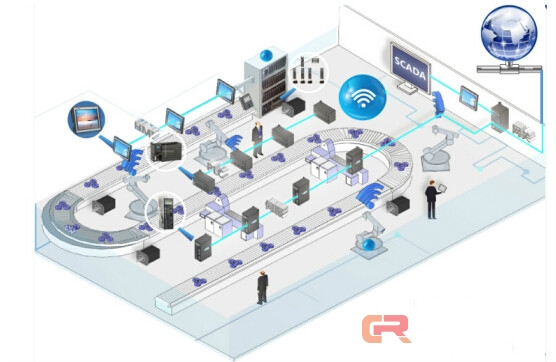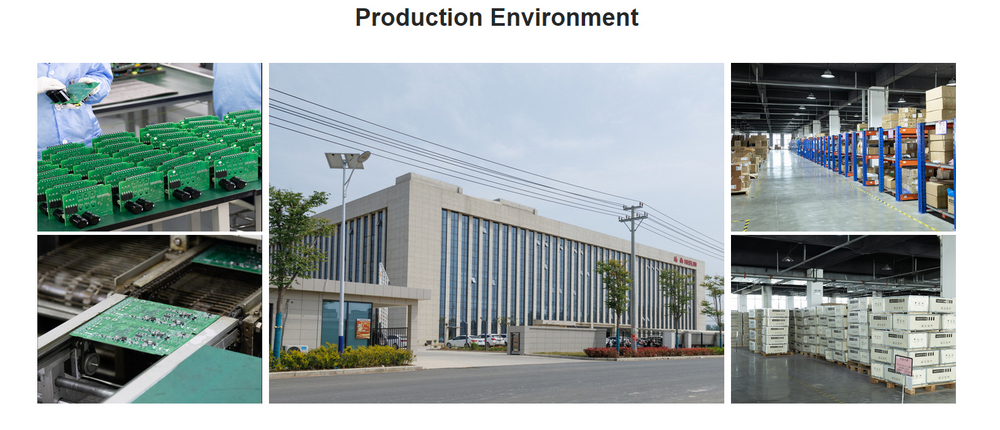A 220V inverter, often referred to as a power inverter, is a device designed to convert direct current (DC) power into 220V alternating current (AC) power. It is commonly used in situations where AC power is not readily available or as a backup power source during power outages. The 220V output voltage is suitable for operating a wide range of electronic devices and appliances, such as laptops, televisions, refrigerators, and power tools.
The main function of a 220V inverter is to perform DC to AC power conversion. It takes the DC power input from a battery bank, solar panel system, or other DC power sources and transforms it into AC power that matches the voltage and frequency requirements of the connected devices. This enables the use of electronic devices that typically run on AC power in off-grid locations or areas with unreliable power supply.
Some 220V inverters produce a modified sine wave output, which is a close approximation of a pure sine wave. While a pure sine wave is the ideal form of AC power, modified sine wave inverters are more cost-effective and suitable for many common electronic devices. However, certain sensitive equipment, such as medical devices or audio equipment, may require a pure sine wave inverter to prevent potential performance issues or damage.
220V inverters come in various types and sizes, including portable inverters that are lightweight and easy to carry, making them ideal for outdoor activities, camping, or powering devices in vehicles. Automotive inverters specifically cater to the power needs of vehicles and can be plugged into a car's cigarette lighter socket.
Efficiency is an important consideration when choosing a 220V inverter. Higher efficiency inverters convert a larger percentage of the DC input power into usable AC power, resulting in less energy wastage and longer battery life.
Overall, 220V inverters provide a convenient and reliable solution for powering electronic devices and appliances when traditional AC power sources are unavailable. They are essential for off-grid living, emergency backup power, and powering electronic devices on the go, ensuring the continuity of electrical power for various applications.
220V Inverter,Industrial Frequency Inverter,3Kw Vfd,Frequency Driver WuXi Spread Electrical Co.,LTD , https://www.vfdspread.com
Perhaps some people will doubt the authenticity of this workshop, but we cannot deny that this is what should happen in the future workshop. To achieve such an orderly and self-sufficient production process, in addition to a variety of sensors to quickly and flexibly collect information on various locations, pressures, and efficient operation of the plant management system, the high-precision positioning of each part of the work And the monitoring of the status of the production process is very important. Below, Xiao Bian takes you to sort out what positioning methods are useful in the current manufacturing process. Industrial robots: the core is the visual positioning The core of the smart factory is the "machinery anthropomorphization" production, in addition to the series of position, speed, pressure, vision and other sensor applications, in the robot intelligent identification, positioning, grab parts, and 2D / 3D machine vision positioning technology is the core technology of the robot. Typical applications of industrial robots include welding, painting, assembly, collection and placement, product inspection and testing. In addition, the positioning of industrial robots also uses ultra-wideband, laser, infrared, and marking points, and multi-technical collaborative work. Monitoring information in the production process: RTLS system composed of technologies such as UWB Many RTL systems are currently developed through the integration of UWB and other positioning technologies. The high-precision RTLS real-time positioning system is used to process materials, spare parts, semi-finished products, and forklifts in the production area. Workers accurately track and locate. Real-time record of product quality data, location information, schedule changes, and dwell time in a production area. Real-time tracking of semi-finished products, report status on the assembly line. Active alarms for stagnant components, semi-finished products, and abnormal quality conditions. Efficient warehouse management system: The integration of RFID and UWB technology With the rapid development of domestic production companies and logistics industry, efficient operating mechanisms have received increasing attention. Modern warehouses managed by science can not only speed up the flow of materials in enterprises. Reduce the company's operating costs and achieve effective control and management of resources. The warehouse management of the original barcode-based and RFID-based systems can no longer meet the rapid development of users. Therefore, a modern warehouse management system based on UWB technology and RFID technology has emerged. Accurate positioning of forklifts, carts, and human objects through UWB positioning systems, and tracking of pallets and products through RFID. The effective integration of the two systems enables visualized warehouse logistics and asset security tracking. 
In addition, based on the combination of LPWAN communication and beacon or WiFi positioning methods, it can also manage storage materials; RFID-based identification technology optimizes collection and delivery efficiency in the retail industry, inventory inventory, timely replenishment, etc. to improve business efficiency and reduce operations cost.

The core of modern smart factory construction lies in achieving "robotization"
The core of the smart factory is "machine anthropomorphism" production, except for the application of sensors, such as position, speed, pressure, and vision, in the intelligent identification, positioning, and grabbing of parts in robots, while the 2D/3D machine vision positioning technology is a robot. The core technology. There are few workers in the factory, even no one, digital, full equipment interconnection, and online monitoring of production information. These are the keywords that can be thought of to describe. A few days ago, the video of Tesla’s world’s most intelligent fully automated production workshop was circulated on the Internet. Several hundred robots in the smart workshop cooperated with each other, orderly building one after another Tesla car. . In this workshop, from the processing of raw materials to the assembly of finished products, almost all production work can be self-sufficient except for a small number of parts.